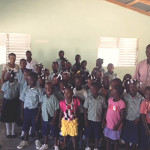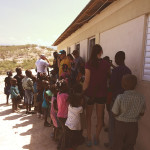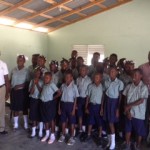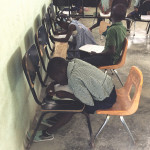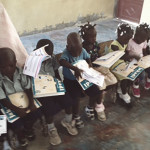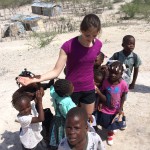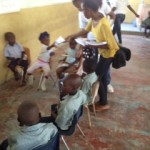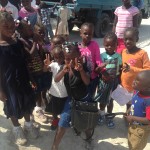On the border between Haiti and the Dominican Republic one of the primary areas of outreach is Batey 41. A batey, or “work camp,” is a shanty-town camp where sugarcane cutters live. In the early 1900s, Haitian sugarcane cutters, lured by the promise of work, began the seasonal migration to the Dominican Republic. Over the decades, many of these sugarcane workers did not return to Haiti at season end and thus created a large, permanent population of Haitians in the Dominican Republic — a population that was not welcomed. The Haitians were not allowed to leave the bateyes, under the threat of deportation, except to work in the fields. Most of the 400+ bateyes in the Dominican Republic have not changed much since they were originally erected. They still have no running water, no electricity, no cooling facilities, no bathrooms, no schools for the children, and no medical facilities. The shanty homes consist of slatted wood walls, tarps, tin roofs, dirt floors and often house up to eight or more people.
Fortunately, the Chadasha Foundation has been able to provide hope for one batey, Batey 41. Chadasha began serving the Batey 41 residents in 2011. Now it has access to medical care, a school building, teachers, books, school uniforms, clean drinking water, food and a church. The school has educated 340 people over four years, and the current enrollment is 120 students. The students learn Spanish, English and French in addition to their native Haitian Creole. The food program provides lunch each day to the 120 students.


